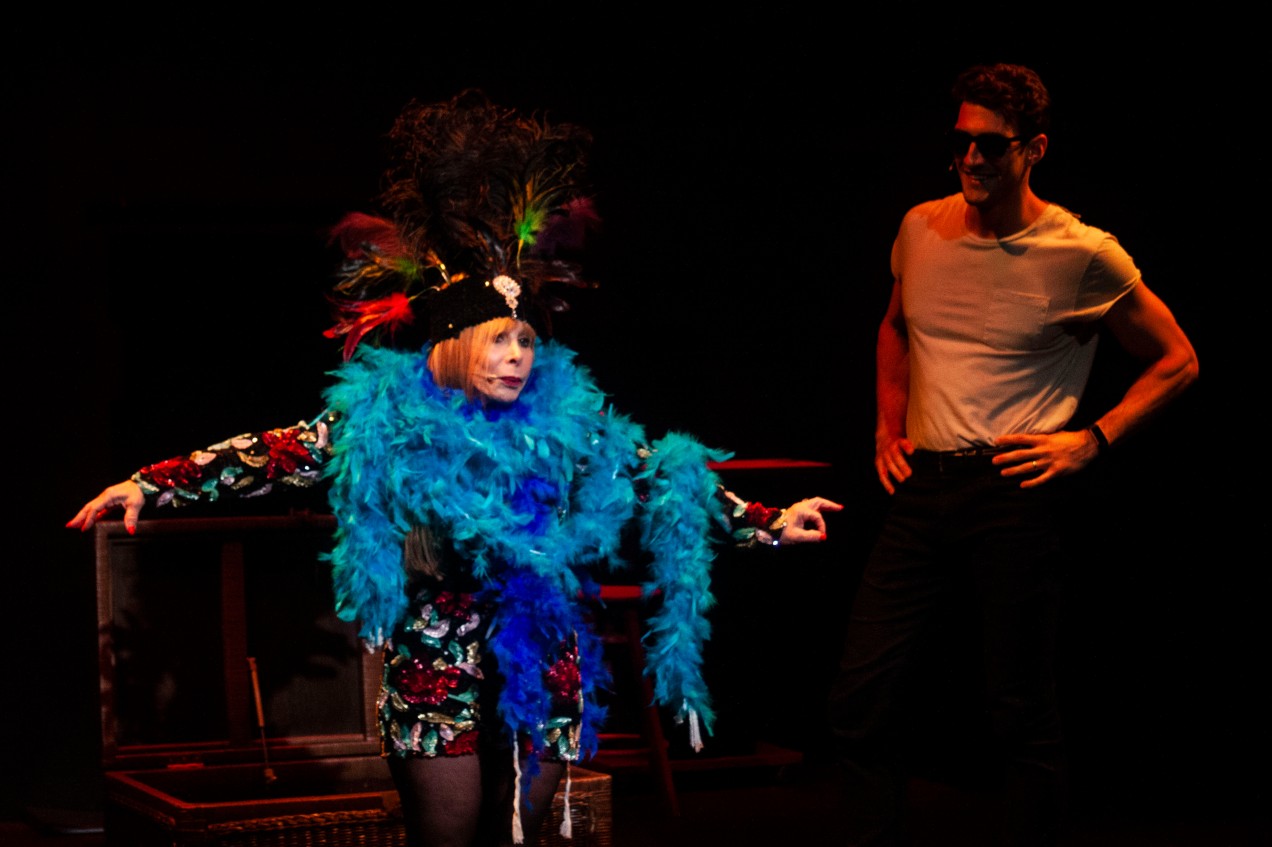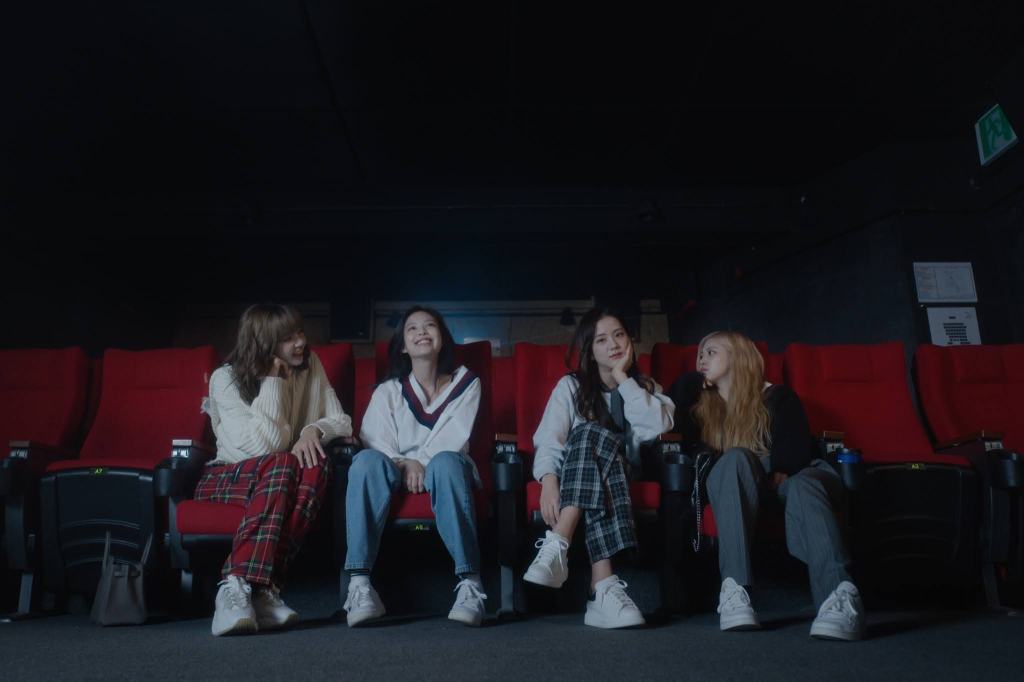The specter of Brazilian author Clarice Lispector pervades the stage at Immense Joy, a new production devised and directed by Anna Kohler, and presented by The Tank NYC. At the height of her fame, Lispector’s name (originally Chaya Pinkhasivna Lispector at birth) almost always conjured an air of mystery―not just because of her curious Ukrainian origins, but also because of the abstract way she wrote. And it is abstraction that finds its way into Kohler’s production through a series of vignettes, narrated through the use of innovative multimedia projections by Massimilliano DiMartino. The result is one of, well… immense joy itself.
In the course of nine novels and 85 short stories, Lispector’s work traversed varied human perspectives―most notably, perhaps, are her intimate portrayals of the inner lives of women. That it would be a woman who would eventually stage her work says a lot about Lispector’s ability to communicate through her seemingly unintelligible stream-of-consciousness prose. Having discovered Lispector through her then-student, now-fellow-actor Natalia de Campos, Kohler found herself immediately taken with the author’s words, which drape themselves all over the production like a diaphanous curtain. “Her unusual use of language and the visceral quality of her writing make it so that one feels ‘in it’,” Kohler says, “and from then on, I really, really wanted to create a show about this woman and her writing. I really ‘got’ Clarice Lispector.”
Such a body of work from a female perspective naturally calls for one onstage: here, in the form of Kohler as Olga Borelli, Lispector’s assistant and close confidant whom, according to biographer Benjamin Moser, “would become a key figure in the last years of Clarice’s life and whose tireless dedication and intellectual affinity facilitated the creation of Clarice’s great final works.” In the role of Olga, Kohler cuts just as much of a mysterious figure as Lispector herself as she recites passages of the author’s work. As Lispector once famously notated:
“How does one start at the beginning, if things happen before they actually happen? If before the pre-history there already existed apocalyptic monsters?”
From there, we are launched into the Lispector’s heady world of women—starting with de Campos’ Macabea, a lonely, troubled soul lost among the existential chaos that is part-and-parcel of a Lispector story. In one scene early on in the show, Macabea is practicing to be a bride; in another, she desperately clings to a man she’s only just met but claims as her boyfriend. As Macabea, de Campos is all at once hopeful and forlorn, assured and confused.
Interspersed among the vignettes of Joy, Macabea’s journey represents that of the many Brazilian women Lispector herself knew and observed (particularly, those from the Northeast where the author briefly had grown up). Their stories range from the lyrical to the strange, to even the dangerous: a circle of women singing “Eu Sou Pobre”; three animal-headed figures pick hydrangeas in a field, much to the chagrin of a pale visage at a window; a woman devises a plan to avoid getting raped on a train. These elliptical tales, “apocalyptic monsters” and all, don’t seem to provide a moral neatly tied together at the end so much as ruminate on the complexities of human existence. Indeed, as the woman on the train escapes her doom, only to realize that she secretly wished to be raped, certainly incites some thorny emotions from the perspective of our post-#MeToo landscape.
While it is the women who take center stage, the men which make up the rest of Kohler’s ensemble also make an impact here, gamely taking on the personages of Lispector’s imagination. From re-enacting a Coca-Cola commercial to having an open discussion about poverty with Kohler—actors Fabio Tavares and Justin Gordon impress with their ability to jump, dance, and sing across the stage, breathing life into each story as they go. As for John Hagan, who narrates as well as portrays Lispector in the final scene, he brings with him a grounded reality in his performance.
Taken together, the stories of Immense Joy stir up a world of emotional depth, leaving one with more questions than when one first set foot in the theater. But such is the immortal work of Clarice Lispector. After all, as she once wrote: “So long as I have questions to which there are no answers, I will keep on writing.”
Images courtesy of Theo Cote. Immense Joy runs until September 18, 2022 at The Tank (312 W 36th Street, 1st Floor, New York NY 10018). Tickets (starting at $15, with pay-what-you-can ticket tiers) can be purchased here.















